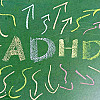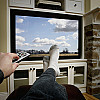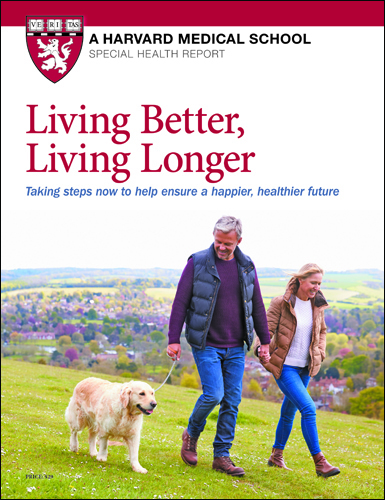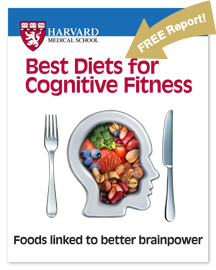The annual physical reimagined
Tech tools are changing check-ups and fostering more collaborative doctor-patient relationships.
- Reviewed by Toni Golen, MD, Editor in Chief, Harvard Women's Health Watch; Editorial Advisory Board Member, Harvard Health Publishing; Contributor
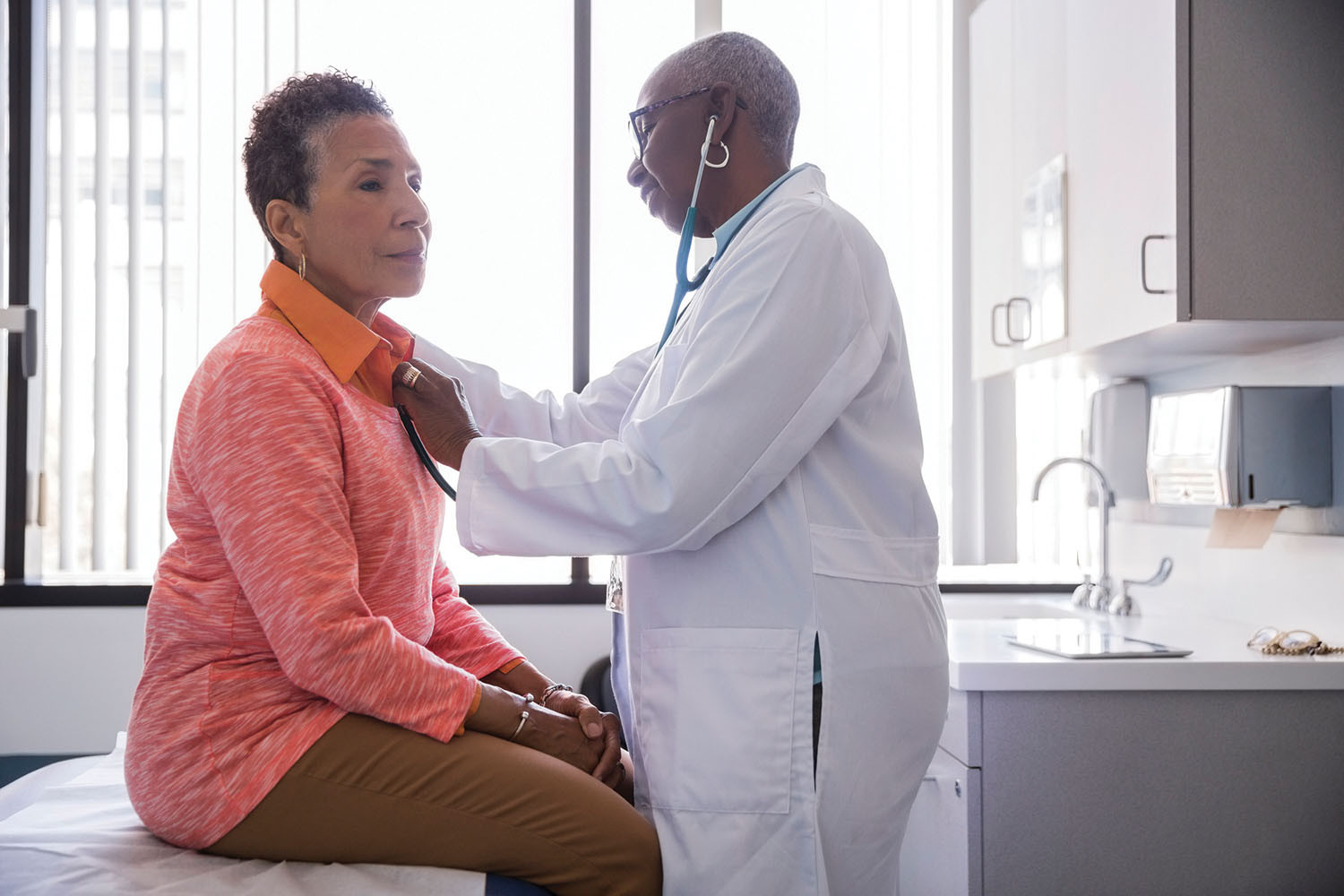
Even if you conscientiously show up every year for a check-up with your primary care doctor, that 30-minute appointment is a mere speck of time to discuss and manage your overall health.
But technology is steadily reshaping these doctor-patient interactions. Thanks to home monitors, smart watches, and other wearable tech, patients are increasingly bringing their own data to physical exams, adding valuable context to time-limited office visits. This technology represents both pluses and pitfalls.
"It's really an exciting time because patients can be co-creators of their health and health care," says Dr. Daniel Sands, a primary care physician at Harvard-affiliated Beth Israel Deaconess Medical Center and pioneer in the use of electronic methods to engage with primary care patients.
"Even the sickest patients don't come in that often," he adds. "As doctors, we're responsible for the health of our patients, but we can't accomplish that just from data we gather in the office. Patients need to be part of that information gathering so we can take better care of them."
Most useful data
An estimated seven in 10 people worldwide use mobile devices, fueling a predicted $90-billion mobile health care market that includes activity trackers, smart watches, and even tricked-out rings. This wearable tech typically records data on heart rate, step count, activity levels, and sleep details.
"Vastly more patients are coming to us with data they've collected from different sources," says Dr. Jennifer Cluett, a primary care physician at Beth Israel Deaconess. "I think it will only continue to increase."
But the most common types of data patients contribute to check-ups — and that clinicians can act on — don't come from so-called wearables, Harvard experts say. Home blood pressure monitors, glucometers (which measure blood sugar), and electronic scales still supply the most useful information, helping doctors tweak medication dosages and lifestyle recommendations.
"We tell patients with high blood pressure to check it a couple of times a week and bring a list of measurements to their next visit," Dr. Sands says. But wearables can't yet record this information, and the type of data they do track — like step counts or sleep details — "isn't necessarily something we can incorporate into your health plan."
While Dr. Sands agrees that patients' use of wearable tech represents a "turning point," he hasn't yet seen a real impact on health care. "I want relevant and actionable information from these devices. Right now, they're more of a toy from a fitness perspective."
Tips for getting accurate blood pressure readingsTracking blood pressure at home is useless if your device can't provide accurate readings. Yet fewer than one in five of the nearly 4,000 versions of home blood pressure monitors available worldwide have been verified as accurate, according to Dr. Jennifer Cluett, a primary care physician at Beth Israel Deaconess Medical Center and clinical director of the hospital's Hypertension Center. But there's a way to cover your bases: bring your blood pressure monitor to your doctor's office to calibrate it. Your doctor or an assistant will watch you take your blood pressure and compare your result to the measurement from an office machine. As long as these readings are fairly close, you can feel confident that your home monitor and your technique are acceptable. This is sometimes called "validating" your home blood pressure monitor. Dr. Cluett also suggests these ways to ensure accurate readings:
|
Tracking heart rhythm
When the FDA cleared the Apple watch in 2018 to be paired with an app to detect irregular heart rhythms, the device (and other smart watches that followed suit) could notify wearers they might have atrial fibrillation, or afib, a potentially dangerous quivering of the heart muscle that can lead to blood clots.
Since then, Dr. Sands and Dr. Cluett occasionally hear from patients whose watches have alerted them to this scary possibility. But research has found low accuracy rates for Apple watches' afib alerts. A 2020 study published in Circulation indicated the Apple Watch Series 4 correctly identified afib in 41% of wearers, up from 34% in earlier watch versions.
Dr. Sands says he listens carefully before he decides whether follow-up tests, such as an ECG or long-term cardiac monitoring, are warranted. "When patients tell me they're having palpitations and their watch says their heart rate is in the 200s, certainly that's very useful and actionable," he adds. "It's going to help me understand this is something I have to pay attention to."
Pros and cons
Patient-generated health data isn't without pitfalls, including a lack of adequate health insurance coverage. Insurers will often pay for glucometers or home blood pressure devices, Dr. Sands says, but don't expect help paying for your smart watch.
"Unfortunately, they're not even reimbursing us for reviewing data coming from our patients," he says.
Another downside? Some patients become overly focused on recording health-related details, which can skew results. "Sometimes patients come in with reams of blood pressure readings," Dr. Cluett reports. "They're driving themselves crazy. It heightens their anxiety."
Over all, though, physicians appreciate the reimagined check-ups and how empowered patients feel when they take charge of their health. "I'm a big fan of methods to expand the reach of health care outside of the office visit," Dr. Cluett says.
Dr. Sands agrees, but notes that tech hasn't reimagined every aspect of yearly check-ups. "What hasn't changed is that the annual visit is an opportunity for us to get to know our patients and their lives and their health in a way we can't really do by any other means," he says. "And it shouldn't change, because then we'd lose something very important."
Image: © The Good Brigade/Getty Images
About the Author

Maureen Salamon, Executive Editor, Harvard Women's Health Watch
About the Reviewer

Toni Golen, MD, Editor in Chief, Harvard Women's Health Watch; Editorial Advisory Board Member, Harvard Health Publishing; Contributor
Disclaimer:
As a service to our readers, Harvard Health Publishing provides access to our library of archived content. Please note the date of last review or update on all articles.
No content on this site, regardless of date, should ever be used as a substitute for direct medical advice from your doctor or other qualified clinician.








